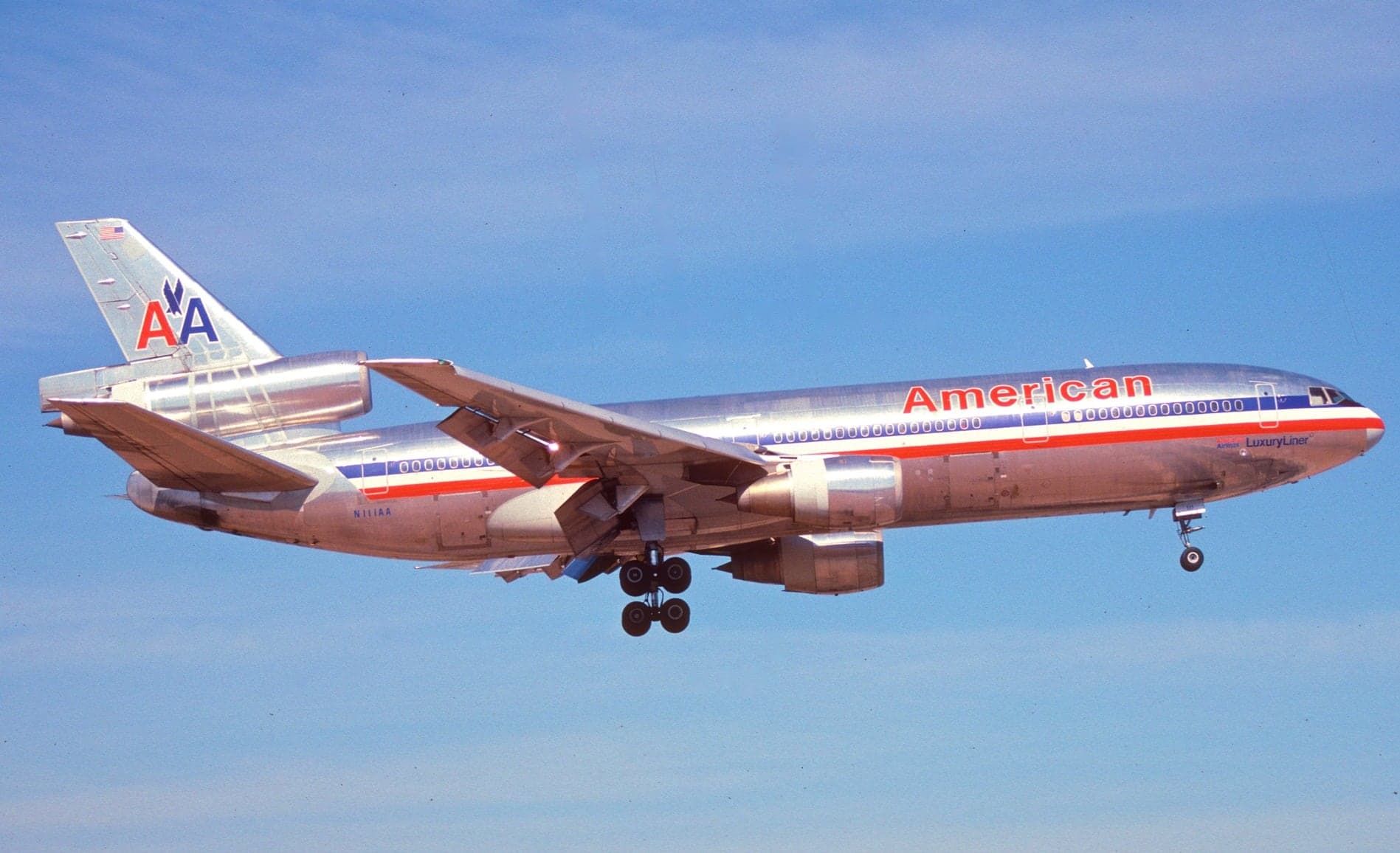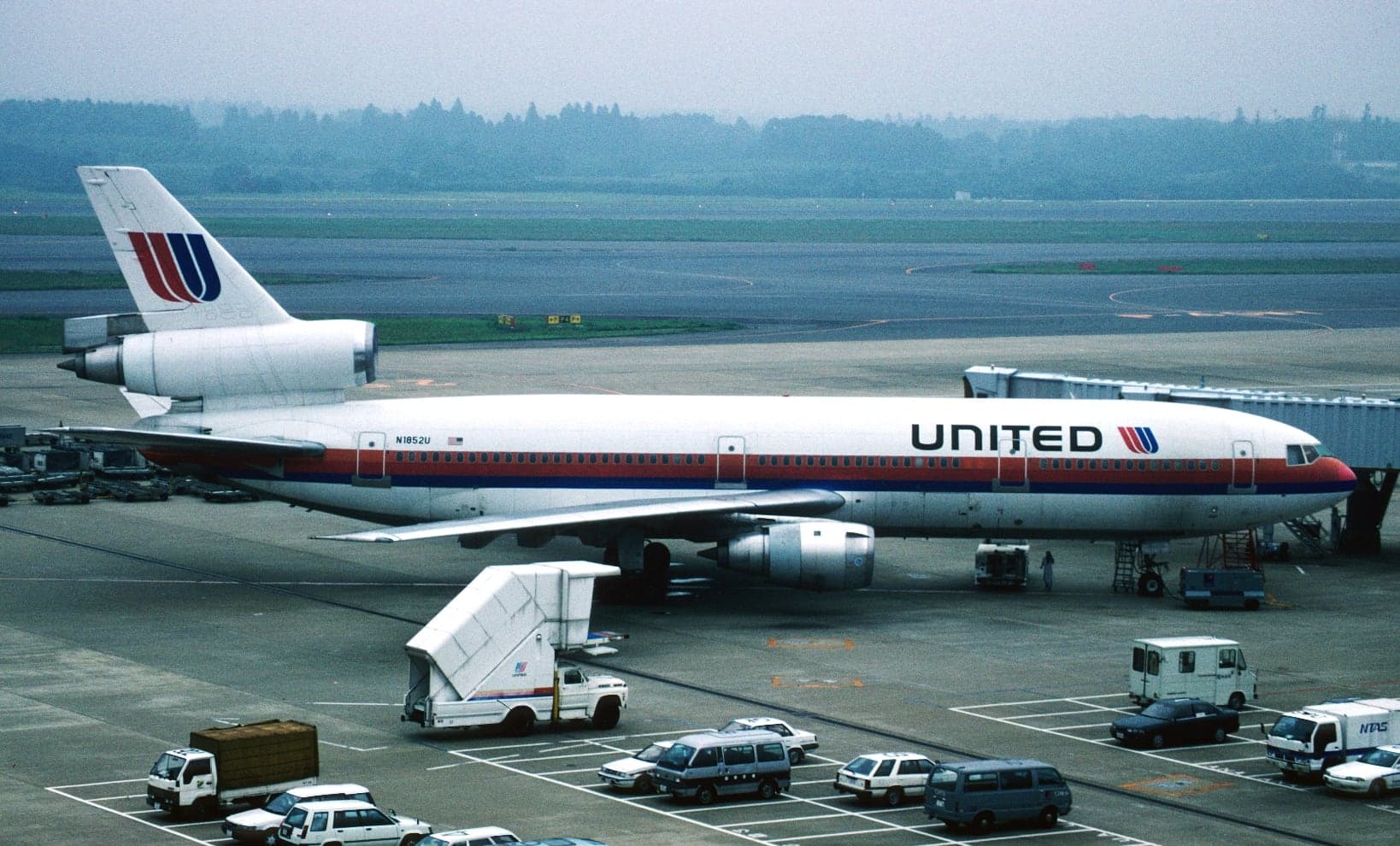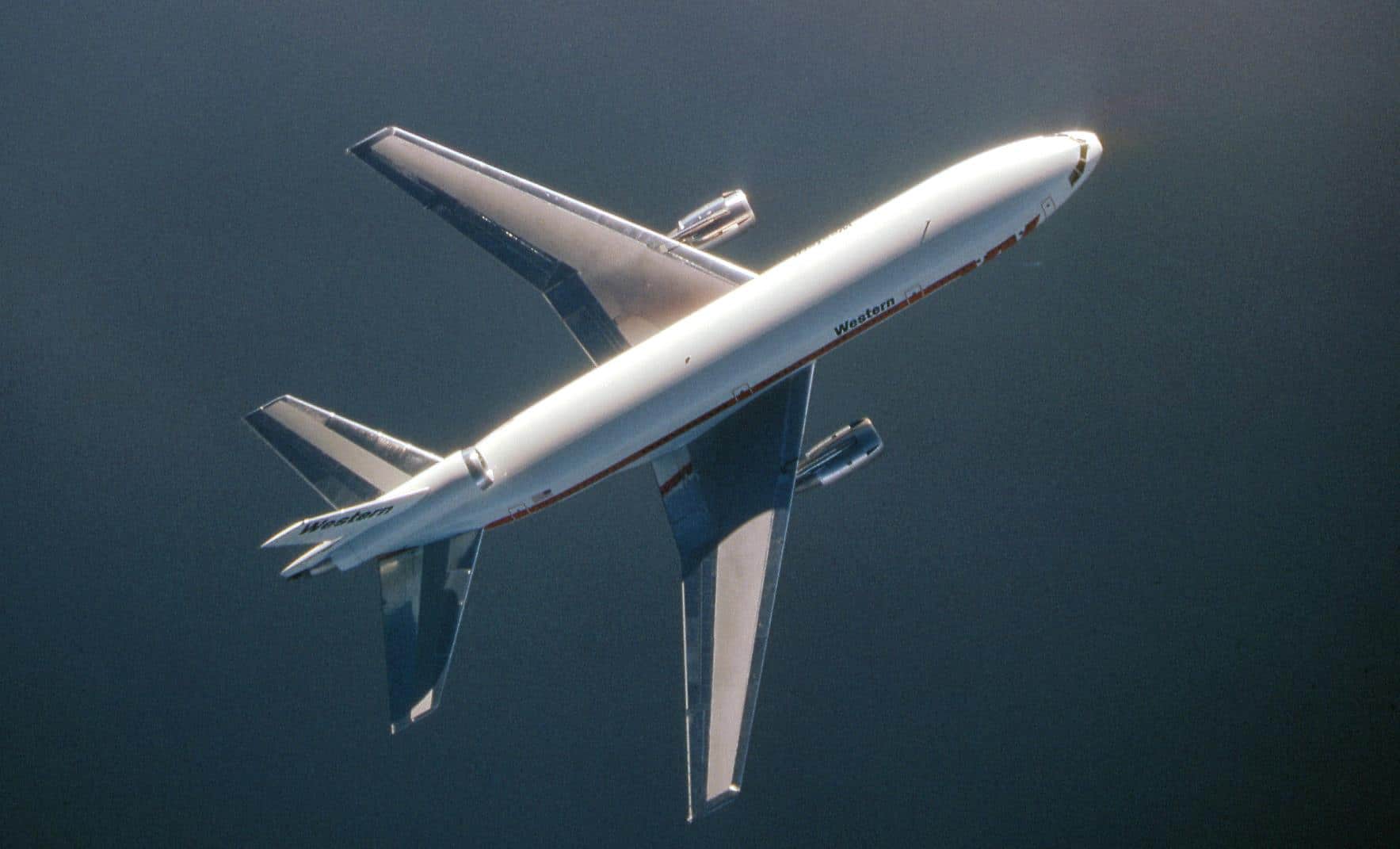DC-10s Actually Had Good Safety Records But Were Overtaken By Newer Designs
The DC-10 was the first commercial jetliner built by McDonnell Douglas after the merger between McDonnell Aircraft Corporation and Douglas Aircraft Company in 1967. The McDonnell Douglas DC-10-10 jetliner flew for the first time on 29 August 1970.
The first two airlines to order the new jumbo, American Airlines and United Airlines, ordered 25 and 30 of them respectively- United with an option for another 30 in 1968. The aircraft received its Federal Aviation Administration (FAA) type certificate on 29 July 1971 after undergoing 1,551 hours of testing over 929 flights. On 5 August 1971, the DC-10 began service with American Airlines on a round trip flight between Los Angeles and Chicago.

Maxing Out the PAX
The two launch customers configured their jetliners slightly differently. American DC-10s were set up with 206 seats; United cabins had 222 seats. Maximum passenger capacity of the DC-10 was as many as 380 passengers. Designed and built as a replacement for the company’s highly successful DC-8 series of four engine jetliners, the wide body of the DC-10 allowed increased capacity.
Equipped with three of the more powerful General Electric CF6 high-bypass turbofan engines, the jet incurred reduced maintenance costs as opposed to four engine jetliners.

The 3-Holer Widebody Competition
The competition between the 10 series and the Lockheed L-1011 Tristar series made for interesting market positioning. Lockheed had exited the commercial airliner market but saw the L-1011 as the right design to get them back into the game.
The L-1011 was actually more technologically advanced than the DC-10 series but McDonnell Douglas sold 136 more DC-10s than Lockheed sold Tristars– primarily because the L-1011 was more expensive and its entry into service was delayed by nearly a year after the Douglas Jet entered service with American.

All It Takes is One Catastrophe
The DC-10 was plagued by design flaws in the aircraft’s cargo doors. But the FAA withdrew the DC-10 type certificate on 6 June 1979 after the crash of American Airlines flight 191 in Chicago – the deadliest aviation accident in US history. As a result, 138 US-registered DC-10s were grounded and foreign-owned DC-10s were banned from US airspace – even for ferrying empty aircraft between airports.
Changes to the leading edge slat actuation and positioning systems, stall warning systems, and power supplies were then incorporated into the 10 fleet, lifting the ban, but not removing the reputation that the jetliner was dangerous.

An Undeserved Rep
Predictably, sales of the DC-10 suffered. In 1983, McDonnell Douglas announced they planned to stop building the jets, though production continued until 1989. Reputations are often easily earned, but much tougher to change.
The crash of United Flight 232 in Iowa in 1989 didn’t help the case. The Sioux City crash also resulted in upgrades and revisions to the fleet, keeping the jetliner in the air for several more years. The 10’s overall safety record was actually comparable to the other jetliners of its generation.


[…] resolved safety issues and improved maintenance standards, the DC-10 in the end enjoyed an entirely acceptable safety record and decades of service under different airlines all around the […]
As in remember the worst disaster involving a DC10 was the Turkish Airlines crash occurring after takeoff from Paris’s CDG airport – again resulting from a design flaw in the cargo door latching mechanism..